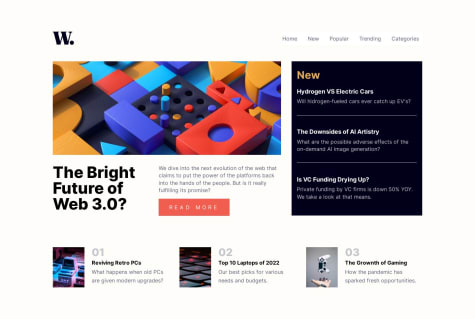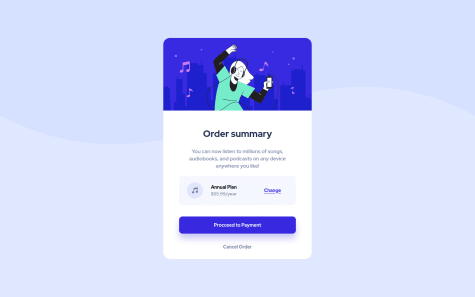Submitted
What are you most proud of, and what would you do differently next time?
What I'm Most Proud Of:
In completing the Connect Four challenge, I'm particularly proud of how I tackled the game's logic and user interface. Implementing the core gameplay mechanics from scratch was both challenging and rewarding, allowing me to dive deep into problem-solving and algorithmic thinking. I successfully created a responsive, intuitive user interface that enhances the player experience, making the game accessible and enjoyable for users of all ages. Overcoming these challenges has not only bolstered my technical skills but also my confidence in managing complex project requirements.
What I Would Do Differently Next Time:
Reflecting on the project, one area I aim to improve for future work is the overall structure and organization of my codebase. While the application's size was relatively small, making the component architecture more scalable and maintainable is something I'd prioritize in my next project. Specifically, I plan to implement a cleaner component structure, utilizing a dictionary for state management and a token library for consistent styling across the app. This approach will not only streamline development but also facilitate easier updates and potentially collaborative efforts, ensuring that the codebase remains robust and flexible as the project evolves.
What challenges did you encounter, and how did you overcome them?
One of the most significant challenges I encountered during the development of the Connect Four game was implementing the animations for the game chips. Initially, I was unsure how to realistically convey the motion of the chips falling into place on the board after a user's action. The crux of the issue lay in creating a smooth and visually appealing animation that enhanced the gameplay experience without compromising the performance or the responsiveness of the application.
To address this challenge, I opted for a stack-based approach to manage the game chips' animations. I pre-rendered all the chips at the top of the screen, invisible to the player. Upon a player's action, the application dynamically changes the opacity and the vertical position (y-axis) of the corresponding chip, simulating the effect of the chip falling into place. This method not only provided a seamless animation that contributed positively to the user experience but also allowed for a straightforward implementation that maintained the game's performance.
What specific areas of your project would you like help with?
Animations Animations can greatly enhance the user experience but can be tricky to get right, especially in dynamic web applications like games.
Hook Handling Hooks are a cornerstone of functional React components, offering a way to use state and other React features without writing the logic on the component.
React Router React Router is vital for adding navigational components to your application, but it can be complex, especially when dealing with nested routes or protected routes.








